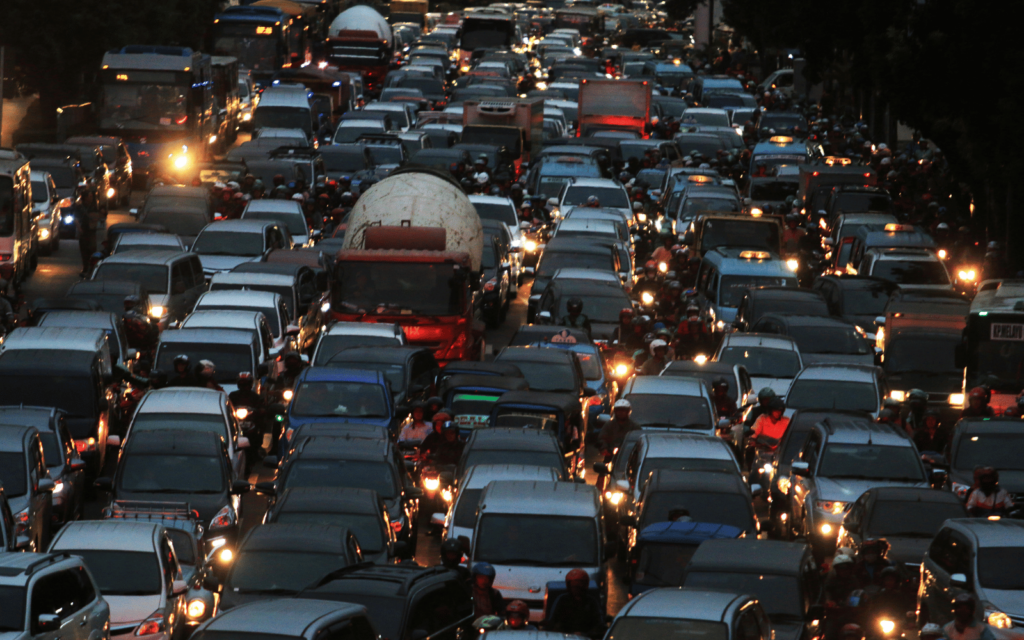There are many victims of load shedding. The most obvious is its impact on cooking schedules, time spent online, and regular life agendas. But there is one glaring issue exacerbated by South Africa’s rolling blackouts that we have to talk about: traffic.
If it isn’t the absolute mayhem of traffic lights-turned-four-way stops, it’s backup from half the town going dark. At times the roads in South Africa’s metros are getting eerily close to resembling a scene from Mad Max.
Luckily, there’s a beacon of hope amidst the chaos – Google Maps. Or, you know, any live-traffic service that guides you around the worst of it. Opting for a navigation assistant is the most convenient and efficient way to navigate the chaos.
Find your way
Load shedding is the deliberate interruption of the electricity supply, and it’s an unfortunate reality in South Africa. Its causes are hotly debated, but it’s a consequence of an ill-maintained and failing power grid. It’s safe to say it’s not going anywhere soon.
So it’s essential to find more productive ways to navigate life without power.
The frail power grid and its subsequent blackouts have significant consequences for the nation’s traffic patterns. As traffic lights go dark and major intersections become congested, it’s increasingly difficult to predict travel times or choose the best routes.
This is where Google Maps, or even Waze, emerges as an ally for South African drivers. In the former case, it’s probably already natively on your smartphone. What was once merely a means to finding the route to a new restaurant becomes a powerful tool that has access to real-time traffic conditions.
It collects anonymous location data from countless users to determine traffic flow and congestion levels on various routes. This feature becomes particularly invaluable during load shedding periods and allows drivers to avoid heavily impacted areas and find alternative paths that may be less congested.
Outages often lead to a surge in traffic in general, never mind at what are regular peak hours. Many without power backups at home choose to travel to a friend’s house or public space to make use of functioning electricity there. Being able to side-step the road most travelled is an invaluable skill.
Bottom line – the app calculates the fastest and most efficient path to your destination. That’s what you want when Eskom is playing up.
Help others find their way
Beyond traffic updates and route optimisation, Google Maps also uses community-based updates. Users can report accidents, road closures, and other incidents, allowing fellow drivers to stay informed and adjust their routes accordingly. The same goes for Waze, which arguably has the better community features.
This is where South Africans can really help to alleviate the traffic burden.
South Africans have a knack for working together when things get really tough. During the pandemic, we experienced an increased sense of community – where humans went out of their way to help other humans. We believe this is another situation where community support is essential.
It may seem counterintuitive to rely on navigation tools when you already know where you’re going. Our parents and grandparents navigated roads just fine on memory. But it’s the future now. Electrical outage traffic will make you late for work four out of five days in the work week. It’s enough to give you a new appreciation for digital tools.
Embracing technology to navigate South African cities during load shedding not only saves time but also reduces stress, making your daily journeys more bearable.
So, next time you find yourself sliding behind the wheel as all the lights go out, plan ahead. Boot Google Maps or Waze and take the route less travelled. And, if you do find yourself stuck in traffic, use the stationary time to spare others the same fate by reporting the problem.
